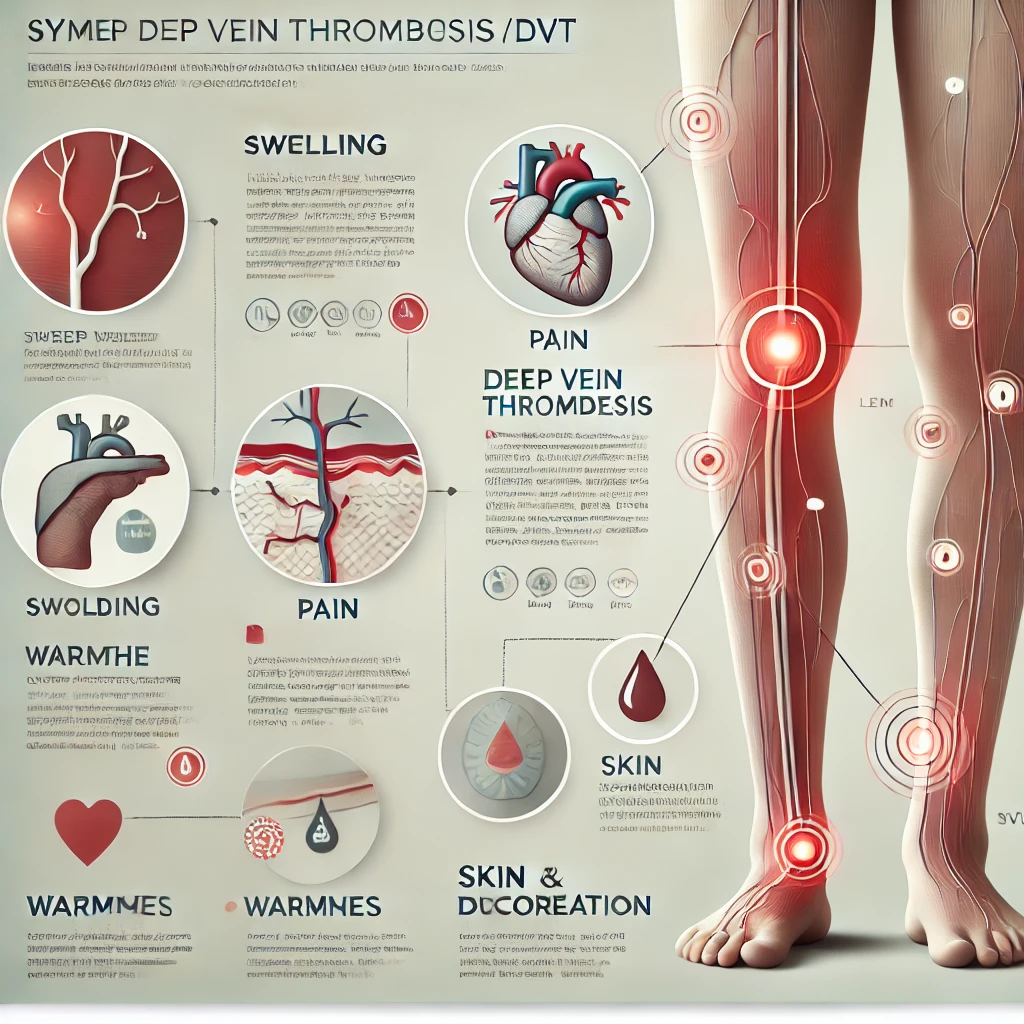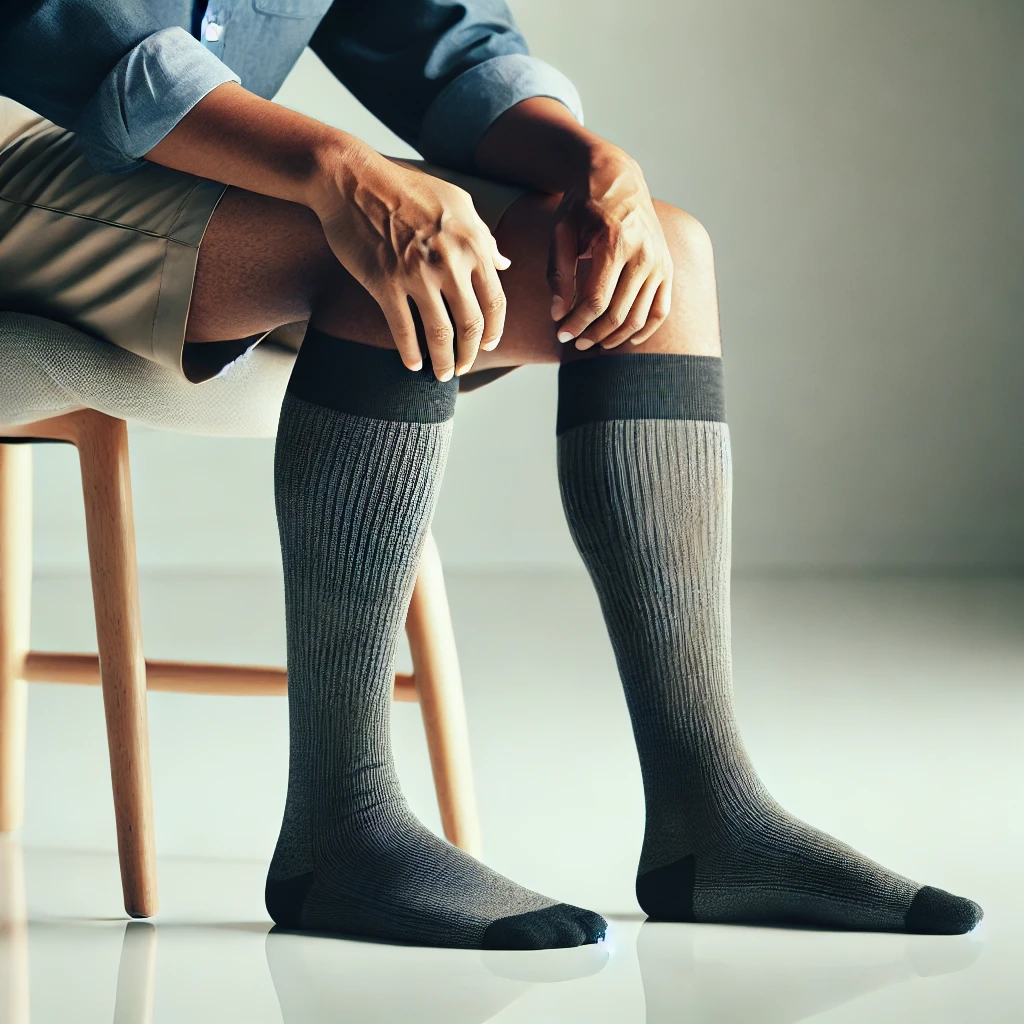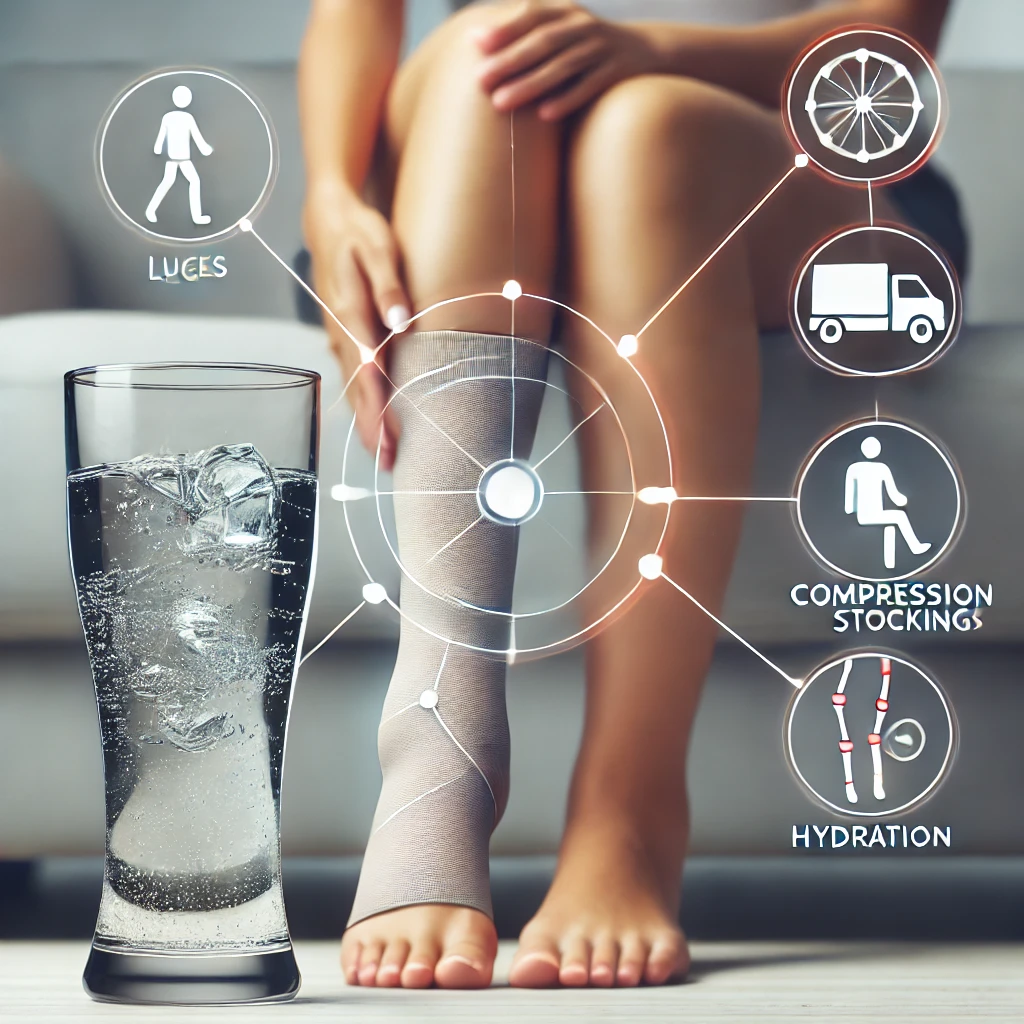Swollen legs, or leg edema, is a common condition experienced by millions of Americans. While swelling can be mild and temporary, it can also indicate underlying health issues requiring attention. This article explores the causes, symptoms, and treatment options for swollen legs, offering insights for effective management.
Common Causes of Swollen Legs
- Inactivity or Prolonged Sitting:
- Long periods of sitting or standing can cause fluid accumulation in the legs.

- Injury or Trauma:
- Sprains, fractures, or other injuries can lead to localized swelling.
- Heart Conditions:
- Congestive heart failure can lead to fluid retention, causing swelling in the lower extremities.
- Kidney or Liver Issues:
- Impaired kidney or liver function can result in fluid imbalances and leg swelling.
- Deep Vein Thrombosis (DVT):
- A blood clot in the deep veins can cause sudden and painful swelling, which requires urgent medical care.

- Pregnancy:
- Hormonal changes and increased pressure on veins during pregnancy can cause swelling.
- Chronic Venous Insufficiency:
- Damaged vein valves can lead to poor blood flow and fluid retention in the legs.
- Medications:
- Certain drugs, such as calcium channel blockers or steroids, may cause swelling as a side effect.
Symptoms Associated with Swollen Legs
- Tightness or heaviness in the legs.
- Skin discoloration or redness.
- Pain or tenderness in the swollen area.
- Limited mobility or difficulty walking.
Treatment Methods
- Lifestyle Adjustments:
- Exercise: Regular physical activity helps improve circulation.Elevate Legs: Raise legs above heart level to reduce swelling.

- Compression Therapy:
- Wearing compression stockings helps reduce fluid buildup.

- Cold Compress:
- Applying ice packs can reduce inflammation and pain from injuries.
- Hydration and Diet:
- Drinking water and reducing salt intake can prevent fluid retention.
- Medications:
- Diuretics may be prescribed to reduce fluid retention.Pain relievers for injury-related swelling.

- Medical Interventions:
- Treating underlying causes like DVT or heart failure.Surgical procedures for severe venous insufficiency.

When to Seek Medical Attention
- Sudden and severe swelling.
- Swelling accompanied by chest pain or difficulty breathing.
- Persistent swelling not relieved by lifestyle changes.
- Symptoms of infection, such as fever or redness.

Prevention Tips
- Stay Active:
- Avoid prolonged sitting or standing; take regular breaks to move.
- Maintain a Healthy Weight:
- Reduces pressure on veins and improves circulation.
- Wear Comfortable Shoes:
- Proper footwear supports leg health.
- Monitor Sodium Intake:
- Opt for a low-sodium diet to prevent fluid retention.

- Stay Hydrated:
- Drink plenty of water to maintain fluid balance.
Conclusion
Swollen legs can result from various causes, ranging from lifestyle factors to serious medical conditions. Understanding the underlying cause and implementing the appropriate treatment can significantly improve quality of life. If symptoms persist or worsen, seeking professional medical advice is essential to address potential health concerns effectively.

Take the first step toward healthier legs by adopting preventive measures and seeking timely care.

